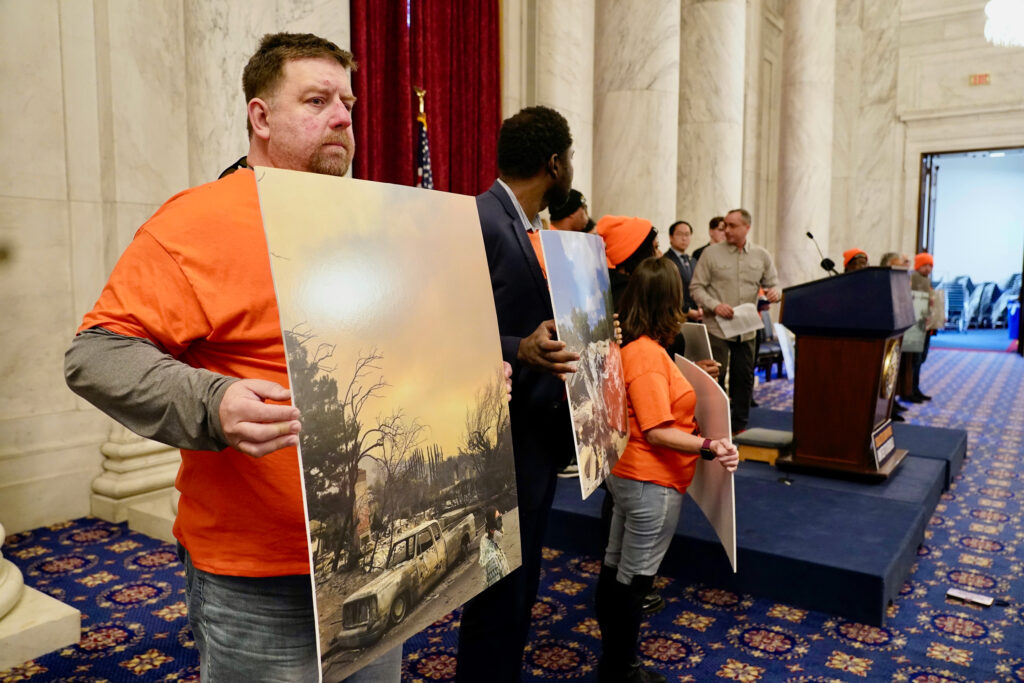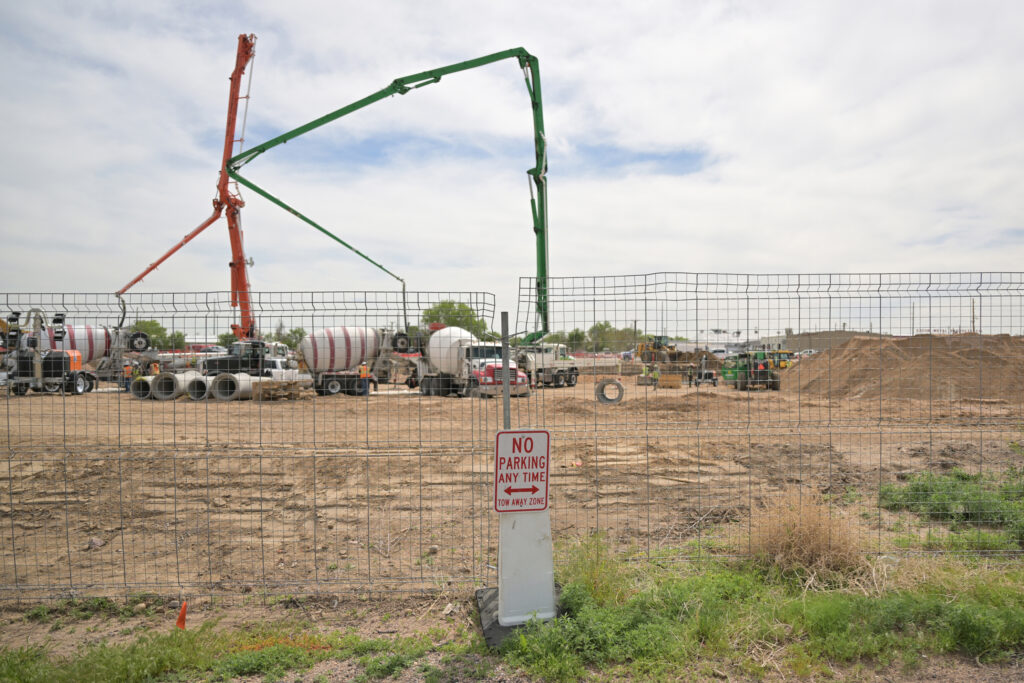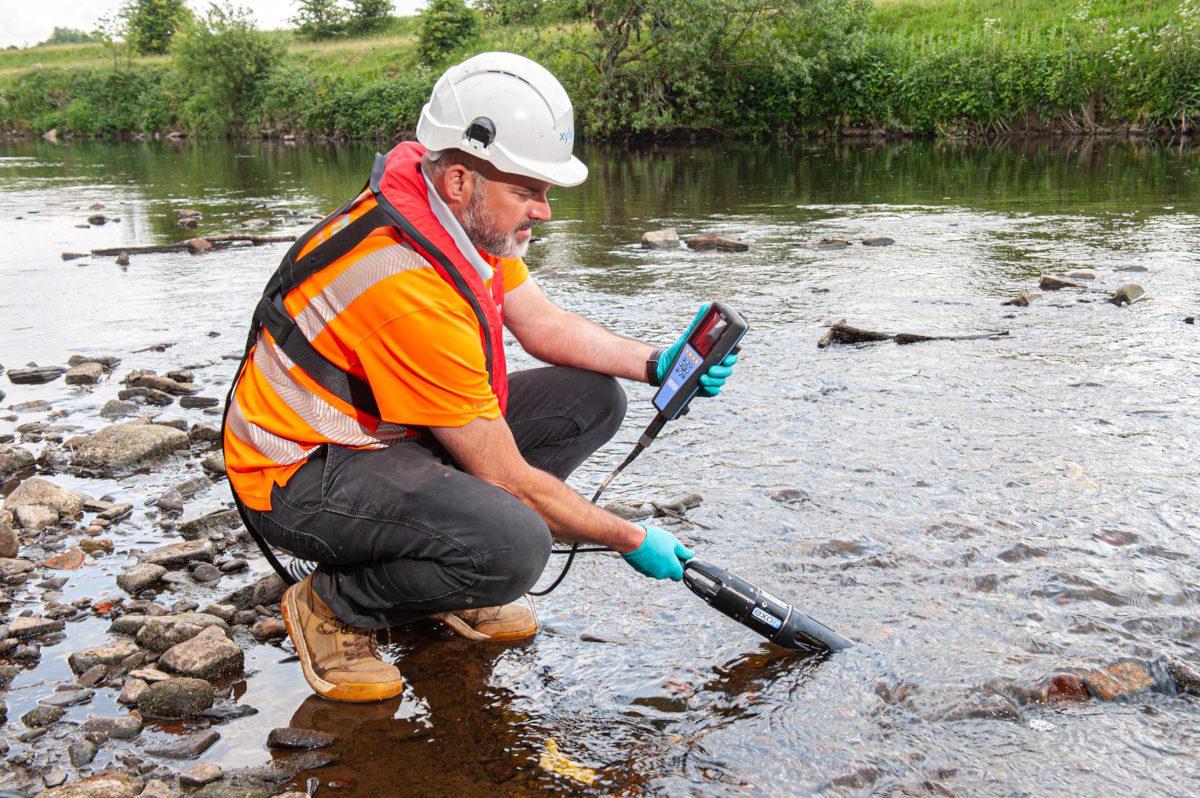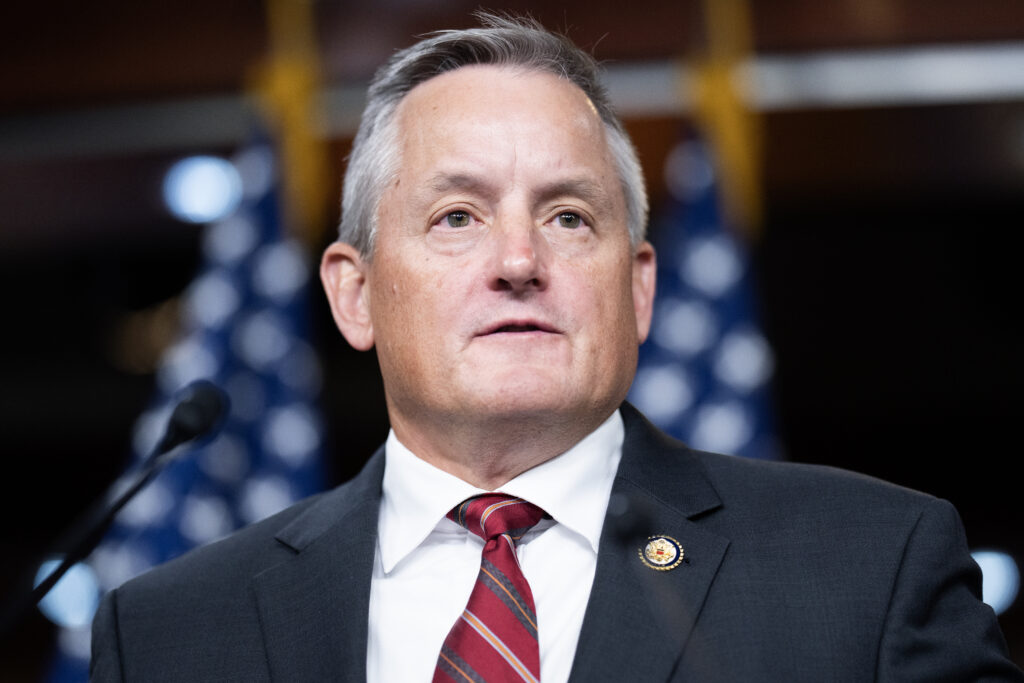A new act implemented earlier this year in Washington has banned five chemical classes in 10 product categories throughout the state, making it the nation’s strongest law regulating toxic chemicals in products. The Safer Products for Washington program, an outgrowth of the Pollution Prevention for Our Future Act signed by Gov. Jay Inslee in 2019, is setting a precedent for other states and changing the game for the U.S. chemical industry.
The law gives the Washington Department of Ecology the authority to require companies to disclose ingredients in products that may use toxic chemicals, and to enforce the mitigation or complete elimination of them. If safer alternatives exist, the law requires they be used to replace toxic chemicals. Companies that refuse to comply will be fined.
“We saw that the current risk-based paradigm was not working at all,” said Laurie Valeriano, the executive director of Toxic Free Future, a grassroots organization based in Seattle that pushed for the act. “It’s an entirely failed approach that does not really drive the use of the safest chemicals and materials in our economy.”
Toxic Free Future has been a leader in the movement to stop the production of toxic chemicals by strengthening the regulatory system that currently allows them to enter our homes and bodies, and is providing other states with an example for how to respond to the dangers posed by hazardous substances with a sense of urgency that the U.S. government doesn’t have.
Valeriano believes Toxic Free Future and other non-government organizations are doing a better job than federal agencies at protecting citizens from toxic chemicals.
”We assume that somebody’s verifying the safety (of these chemicals) and that’s really not true,” said Eve Gartner, director of Crosscutting Toxics Strategies at Earthjustice, “Very few toxic substances have been tested and even chemicals that we know are dangerous are not banned in this country.”
The organization worked with the legislature to write the act in an unusual way, but one that many toxicologists believe is most relevant to keeping people healthy. It is based on the stricter European regulatory system, in which a chemical must be proven safe before it is released on the market.
Proving Problems Instead of Taking a Precautionary Approach
The standard practice in the U.S. government’s safety regulation of potentially toxic chemicals, on the other hand, uses a risk-based approach, which some call the “prove it’s a problem” model. If the question posed is—“How much of this chemical can we expose people or wildlife to before they get sick or die?”—you are likely working with a risk-based study, Valeriano said.
There are more than 86,000 chemicals listed under the Toxic Substances Control Act, or TSCA, the U.S. law regulating chemicals, which is administered by the Environmental Protection Agency. But only a fraction of these chemicals have been tested for toxicity and whole classes of harmful chemicals, including some that are carcinogens, aren’t covered by the act.
“We shouldn’t have to see dead bodies before we do something about it,” Linda Birnbaum, the former director of the National Institute for Environmental Health Sciences, said.
She uses the example of people with high cholesterol. If someone has “bad” cholesterol, or LDL, doctors don’t wait until they have a heart attack to put them on a statin, she said. She believes this philosophy can and should be applied in the field of toxicology.
Some scientists agree that studies of risk are a first line of defense, able to influence law most effectively. Regulation in the United States, however, seems backwards to many toxicologists because it will test chemicals individually rather than by category and study the aftermath of contamination rather than the cause of it, which makes for an incredibly slow moving process.
But this is the process approved by Congress, according to Jeffrey Landis at the EPA. The law states that the agency should evaluate both the hazard a substance poses and its risk, or potential of that hazard doing harm. But trying to determine “unreasonable risk,” as the law requires, can be subjective to different industries. That’s one reason for the slow progress.
The EPA recently prohibited companies from manufacturing products containing six categories of asbestos, even though a link between its exposure and cancer was revealed in the 1930s.
“Over the past two years, EPA has made tremendous progress in proposing long overdue actions to protect people from dangerous chemicals,” Landis said. This was due to a risk-management approach, he said.
The American Chemistry Council, a trade group in the chemical industry, does not believe the benefits of the new Washington state act will outweigh the costs. Erich Shea, director of the group, stated that he disagrees with the approach the act has taken, and believes there is a lack of scientific evidence that would prompt such proactive regulations.
“We must highlight the critical need for the program to take a more holistic and comprehensive approach to assessing the existence or viability of alternatives,” he said.
To avoid “regrettable substitutions” for the harmful chemicals being replaced, Shea said the American Chemistry Council wants to see more studies being conducted in order to have more specific and clear regulatory requirements. Without this, he believes there could be confusion among manufacturers creating products with potentially harmful ingredients.
For the act to ban five chemical classes in 10 product categories is significant, especially when per- and polyfluorinated substances (PFAS) account for nearly 15,000 chemicals in one category.
“It’s a huge dent,” said Valeriano.
PFAS—also known as “forever chemicals” for their persistence in the environment—can be found in everything from cookware to firefighting foams and waterproof fabrics, and have been tied to cancers, kidney disease and reproductive and developmental issues. There are still no federal regulations for PFAS chemicals in drinking water, even though concerns for health started in the 1960s and solid proof that it collected in the bloodstream and caused liver damage in rats was presented 25 years ago.
Assessing risk, critics note, is slow because it is a very technical, trial-and-error process that often leaves holes in the research to fill in later. But just because there may be a lack of data on these chemical effects doesn’t mean they are not hazardous. Lack of data only makes it easier to understate the potential impact of exposure, according to Gartner. But the uncertainties present chemical companies with an advantage in the current U.S. regulatory system, she said.
”The risk-based systems create a lot of opportunities for the chemical industry to do what they do best, which is to create doubt about the dangers of their products,” she said.
Valeriano said there should be strong bans on whole classes of hazardous chemicals, like carcinogens, mutagens or reproductive toxicants, in order to phase out the worst and move towards safer alternatives.
“Stuff like PFAS and PCBs cannot ever be managed safely,” she said. “They just need bans.”
First, Do No Harm
Rather than risk assessments, Washington State’s law will use a hazard-based approach when identifying harmful chemicals in products and determining how to take action. Based on the scientific concept called the “precautionary principle,” this approach looks at the potential dangers a substance presents and doesn’t require proof of harm to regulate or ban chemicals. Instead, it makes companies prove the opposite—that there is no harm—before the product containing a certain chemical can be released to the market.
Valeriano said that the inspiration for Toxic Free Future and the Safer Products for Washington Act comes from the limited protection from toxic chemicals provided by federal agencies and a lack of better models at the state level. California was ahead of the game with programs like Green Chemistry, but she believes the state has had issues enforcing the law and wishes there were more chemical classes addressed.
Government studies often lag citizen science and research by nonprofit organizations, Valeriano said. Focusing on studying the aftermath of contamination in humans, while important, does not prevent it from happening to others. Without identifying and mitigating a source, the cycle will continue, she said.
“Federal laws like TSCA are just too slow and are not taking a broad enough approach to addressing the harm,” Valeriano said. “A lot of them are focused on problems that have existed for 20 years.” She believes the studies happening outside of government and without government funding have been the most crucial in closing that research gap.
Years ago, when Valeriano’s team was looking into PFAS and water contamination, they couldn’t find significant government studies about sources, just ones documenting human health effects from exposure. Her team conducted a study sampling breast milk from 50 women in Washington to fill that gap. They found PFAS chemicals in every single sample.
“We brought it to the state of Washington legislature and we said look at this, this is outrageous,” she said. “We shouldn’t have to have PFAS in our breast milk so that raincoats can be waterproof.”
Toxic Free Future worked with a coalition of organizations to support the passage of the policy, including environmental groups, the firefighters’ union and city governments. As a result, PFAS was banned statewide.
This story is funded by readers like you.
Our nonprofit newsroom provides award-winning climate coverage free of charge and advertising. We rely on donations from readers like you to keep going. Please donate now to support our work.
Donate Now
To Valeriano, proper chemical regulations actively keep unnecessary contaminants like PFAS or endocrine disrupting chemicals out of products that don’t need it, like carpets, bedding or clothing.
“If I see one more study telling me that PFAS are a problem—we know already!” she said. “Let’s move on with it.”
The next step in ensuring the Safer Products for Washington Act is enforced includes sending out retailer “report cards” to compare companies and educate customers on which ones are taking the most action to minimize exposures to hazardous chemicals. The Washington Department of Ecology is also proposing prohibiting the production of a new set of chemicals in Washington, including lead and cadmium compounds, in the next couple years.
Valeriano, Gartner and Birnaum agree that what’s most important is consumers thinking more carefully about the choices they make. Gartner notes that the voices of “fenceline” communities are regularly left unheard, even though they often take the brunt of the adverse health effects from chemical exposure. Exposures among such groups can be worsened in small or rural communities with limited resources, and for individuals without adequate healthcare, making regulation even more important, she said.
”We should increasingly be moving away from the most hazardous substances, towards safer and safer alternatives,” she said.

















